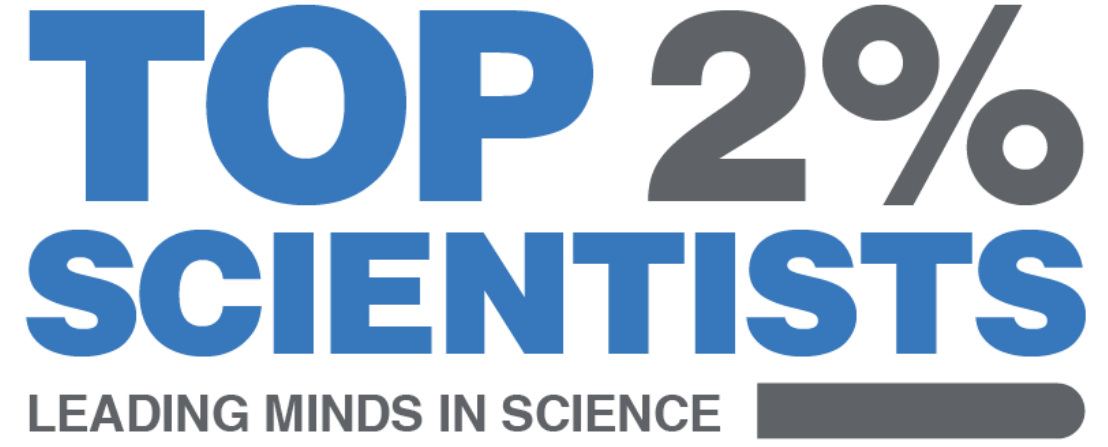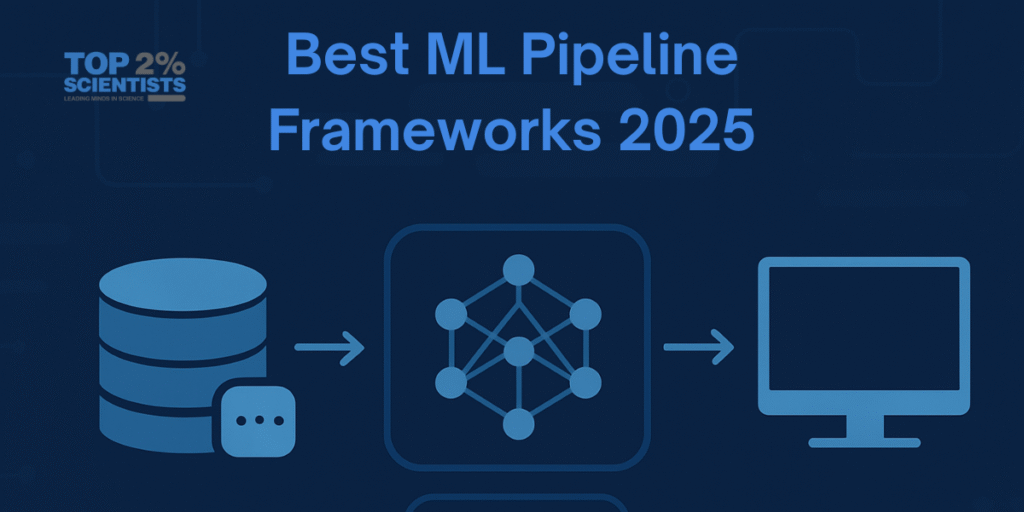As the demand for artificial intelligence continues to grow across industries, scalable machine learning (ML) pipelines have become essential for deploying reliable, production-ready models. From startups to enterprise-level businesses, building efficient and automated ML workflows is now critical to handling complex data at scale.
In this guide, we explore the best frameworks for building scalable ML pipelines in 2025, and how each tool helps teams streamline model training, deployment, and monitoring with minimal overhead.
What Is a Scalable ML Pipeline?
A scalable ML pipeline is a structured, repeatable workflow that automates the end-to-end machine learning lifecycle — from data ingestion and cleaning to model training, deployment, and real-time monitoring. These pipelines are designed to handle growing volumes of data, support multiple models simultaneously, and adapt to changing environments or business goals without manual effort.
Core components of an ML pipeline:
- Data ingestion and preprocessing
- Model training and validation
- Model deployment and serving
- Continuous monitoring and retraining
Why Use ML Pipeline Frameworks?
Manual machine learning workflows are prone to human error, inconsistencies, and lack of scalability. ML pipeline frameworks eliminate these issues by offering:
- Automation across stages of model development
- Scalability for big data and high-frequency model retraining
- Integration with popular ML libraries and cloud platforms
- Reproducibility and version control for models and datasets
Top Frameworks for Scalable ML Pipelines
Below are the most popular and widely used frameworks that help build scalable, automated, and production-grade ML pipelines.
1. Kubeflow
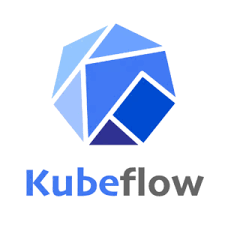
Ideal for: Kubernetes-based deployments and containerized workflows
Kubeflow is an open-source framework that runs on Kubernetes and allows teams to deploy, manage, and scale machine learning models seamlessly.
Key Features:
- Native Kubernetes integration
- Visual pipeline editor
- TensorFlow, PyTorch, XGBoost support
- Components like Katib for hyperparameter tuning and KFServing for model serving
Scalability Benefits: Leverages Kubernetes’ container orchestration capabilities to scale ML workflows across distributed environments.
2. MLflow
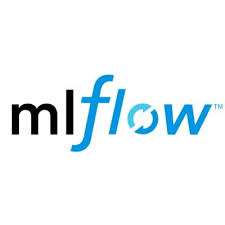
Ideal for: Experiment tracking and deployment flexibility
Developed by Databricks, MLflow is an open-source platform to manage the entire ML lifecycle, including experimentation, reproducibility, and deployment.
Key Features:
- Run and experiment tracking
- Model packaging and versioning
- REST-based model serving
- Works with any ML library (e.g., scikit-learn, TensorFlow, PyTorch)
Scalability Benefits: Easily integrates with cloud infrastructure like AWS, Azure, and GCP, making it production-ready.
3. Apache Airflow
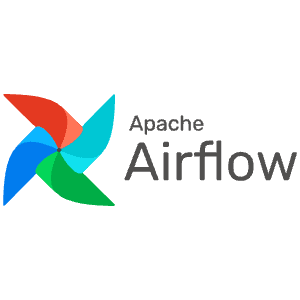
Ideal for: Custom pipeline orchestration and complex workflows
Apache Airflow is a powerful open-source workflow management tool used for scheduling and monitoring ML pipelines using Directed Acyclic Graphs (DAGs).
Key Features:
- Python-based configuration
- Task-level monitoring and retries
- Strong integration ecosystem (Spark, Kubernetes, SQL, etc.)
- Ideal for data engineering and ML teams
Scalability Benefits: Handles thousands of tasks per pipeline and runs reliably in cloud-native environments.
4. TensorFlow Extended (TFX)
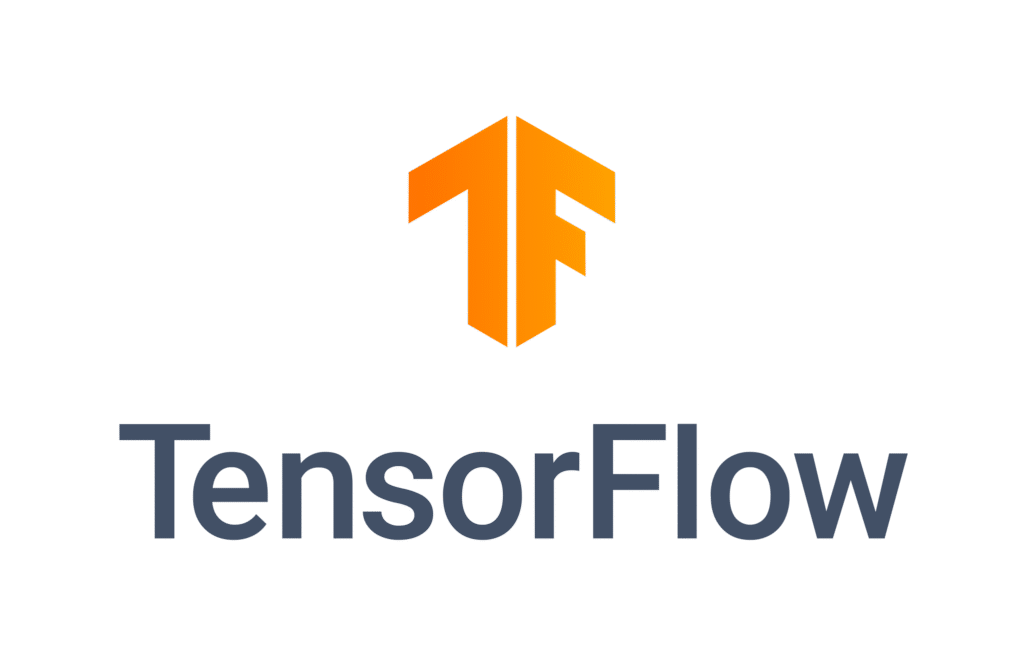
Ideal for: End-to-end ML pipelines built with TensorFlow
TFX is Google’s production-grade machine learning platform that helps deploy scalable TensorFlow pipelines efficiently.
Key Features:
- Full pipeline components including Data Validation, Transform, Trainer, Evaluator
- Model deployment via TensorFlow Serving
- Pipeline orchestration using Apache Beam or Kubeflow
- Data and model validation at every stage
Scalability Benefits: Used by Google at massive scale, TFX is optimized for speed, stability, and extensibility.
5. Metaflow
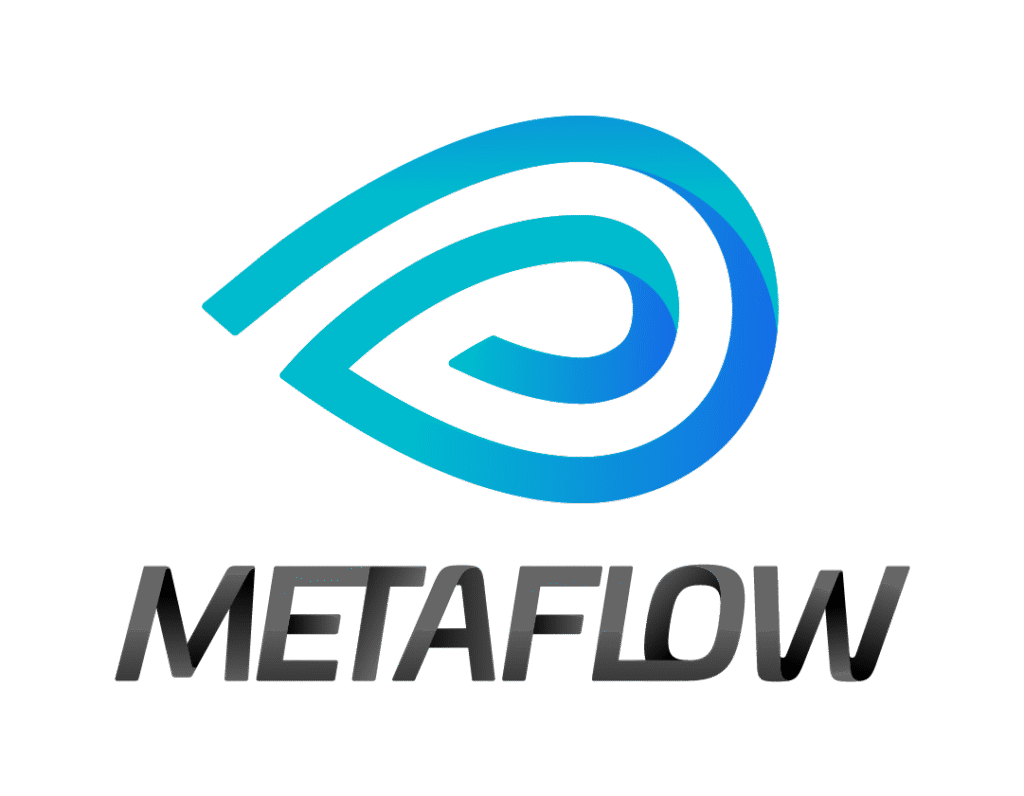
Ideal for: Rapid development of production-ready ML workflows
Built by Netflix, Metaflow is a human-centric framework designed to make it easy for data scientists and engineers to build and manage scalable ML pipelines.
Key Features:
- Python-native syntax
- Integrated data versioning
- One-line AWS integrations (e.g., S3, Batch)
- Built-in support for DAGs and retry logic
Scalability Benefits: Abstracts infrastructure complexity and allows fast scaling in cloud environments.
6. ZenML
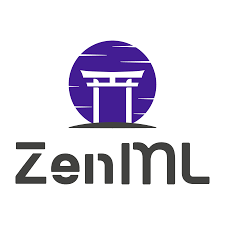
Ideal for: MLOps-first teams that prioritize reproducibility
ZenML is an extensible, open-source framework that brings best practices from DevOps to ML, enabling modular, reusable pipelines.
Key Features:
- Integrates with MLflow, Airflow, Kubernetes, and more
- Artifact and metadata tracking
- CI/CD friendly
- Plugin architecture for easy customization
Scalability Benefits: Connects different tools and cloud platforms for scalable and maintainable pipelines.
Comparison Table: Scalable ML Pipeline Frameworks
| Framework | Best For | Cloud-Native | Model Serving | Language | Integration |
|---|---|---|---|---|---|
| Kubeflow | Kubernetes deployments | Yes | Yes | Python | TensorFlow, PyTorch |
| MLflow | Lifecycle management | Yes | Yes | Python | All major ML libraries |
| Apache Airflow | Custom orchestration | Yes | No | Python | Spark, Hive, Docker |
| TFX | TensorFlow users | Yes | Yes | Python | Beam, Kubeflow |
| Metaflow | Netflix-scale ML pipelines | Yes (AWS) | No | Python | S3, Batch |
| ZenML | MLOps workflows | Yes | Yes | Python | Airflow, MLflow |
How to Choose the Right Framework
When selecting a framework for your ML pipeline, consider the following:
- Tech Stack Compatibility: Choose a tool that supports your preferred ML library (TensorFlow, PyTorch, etc.)
- Cloud Environment: Ensure the tool integrates well with your cloud provider (AWS, GCP, Azure)
- Level of Automation: Determine how much orchestration and CI/CD support you need
- Scalability Needs: Evaluate the ability to handle increasing data volume and parallel model training
The Future of Scalable ML Pipelines
In 2025 and beyond, the focus will shift toward:
- Unified ML and data platforms
- Built-in governance and ethical AI monitoring
- Deeper integration with large language models (LLMs)
- More low-code and no-code ML pipeline solutions
- Real-time and edge inference support
Building a scalable ML pipeline is not optional—it’s necessary for any organization serious about deploying machine learning into production. The frameworks listed above offer robust features to handle every aspect of the ML lifecycle, whether you need orchestration, monitoring, reproducibility, or cloud-native deployment.
Adopt the right framework for your team’s needs and future-proof your ML infrastructure for performance, reliability, and scale.
For real-time expert insights and emerging developments, visit our Trend and Updates section.
Stay ahead with the latest breakthroughs in science, technology, climate, and innovation.
